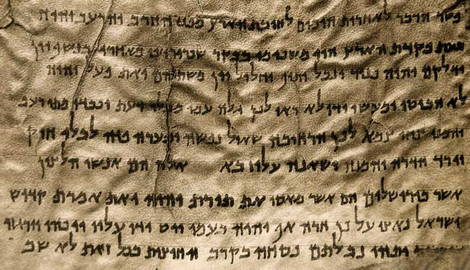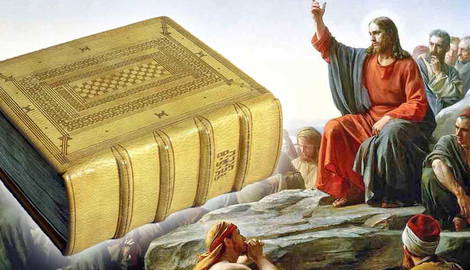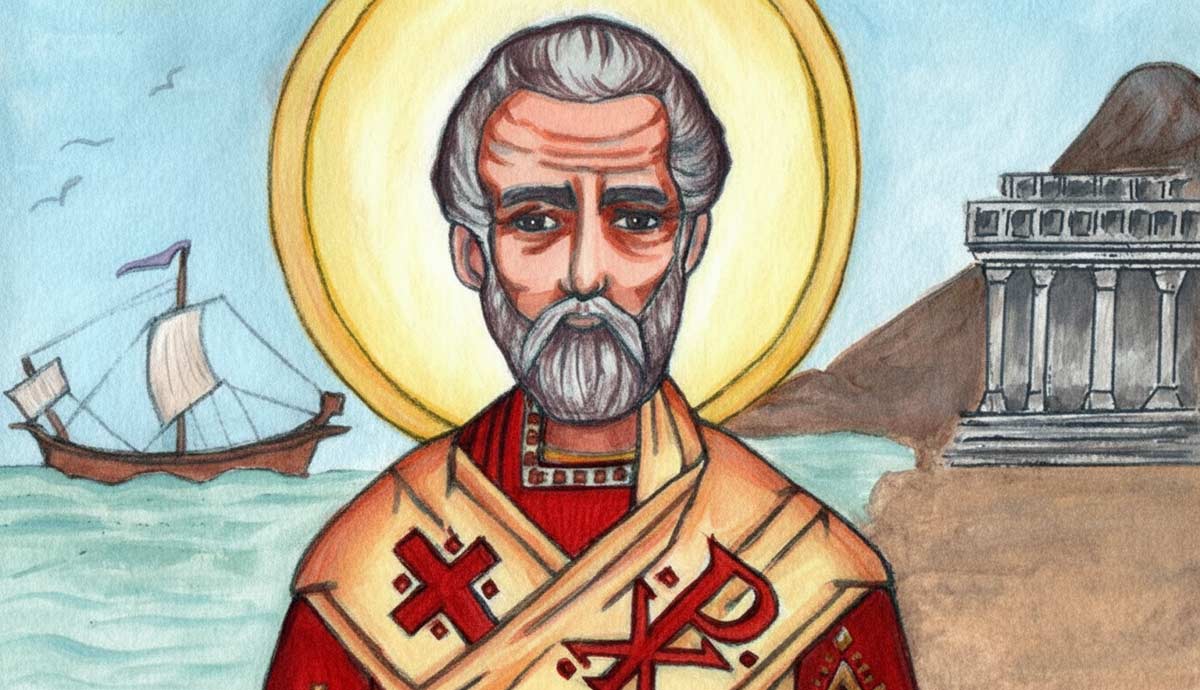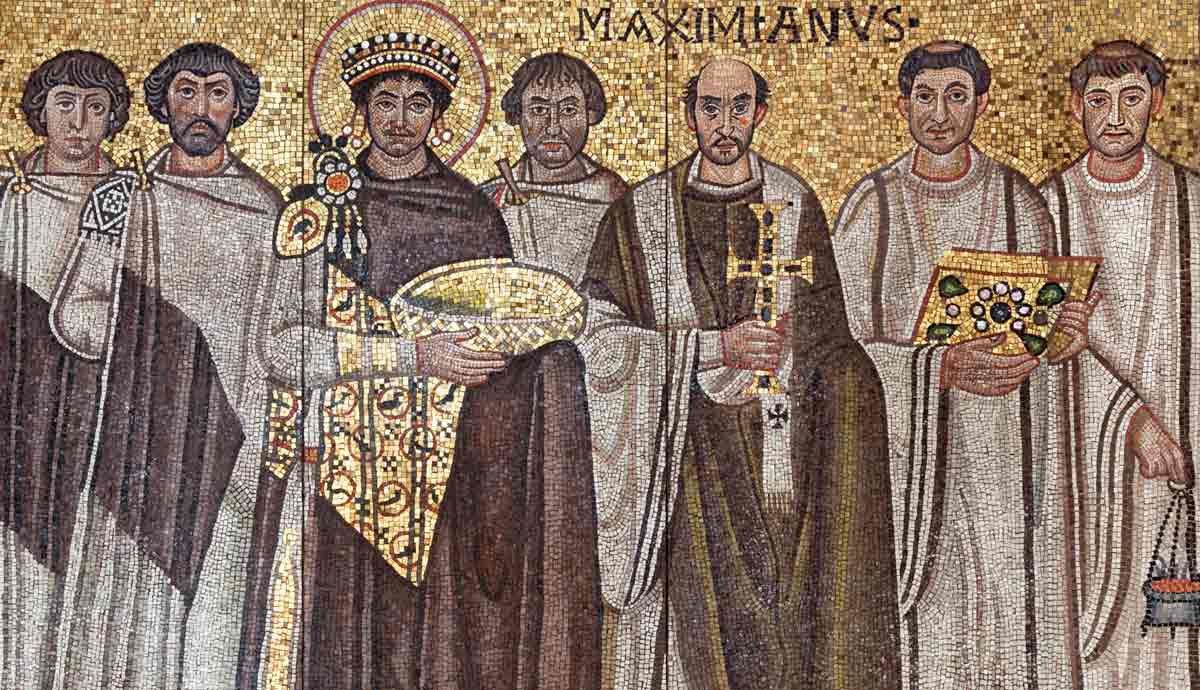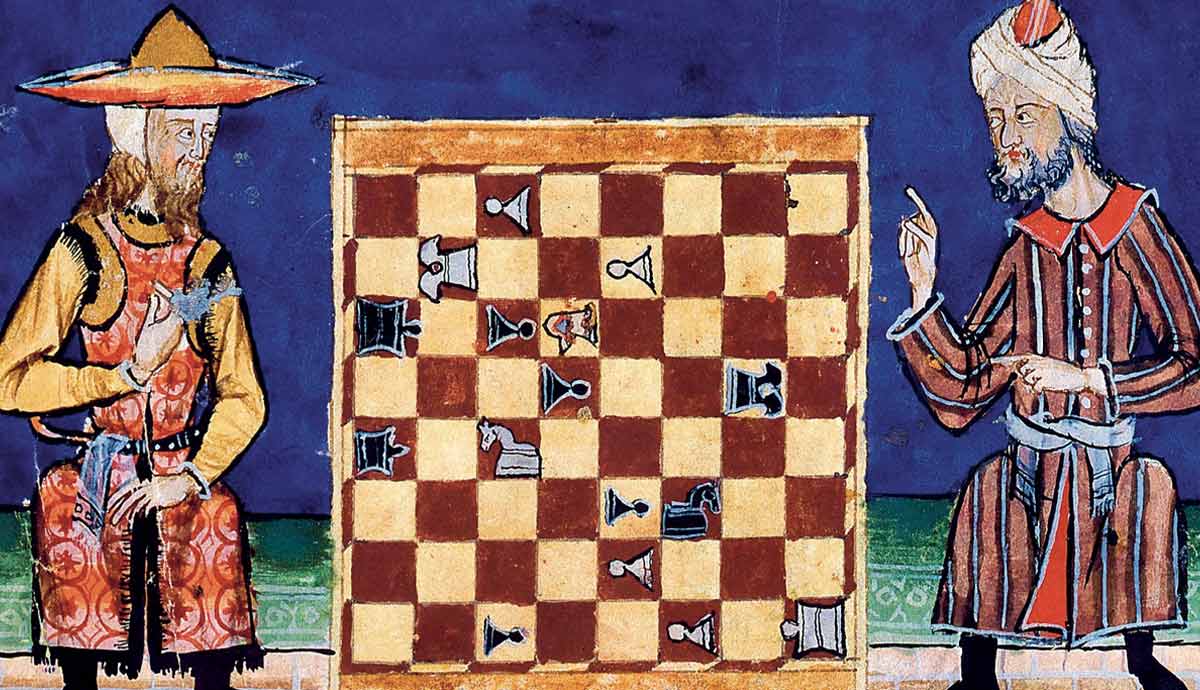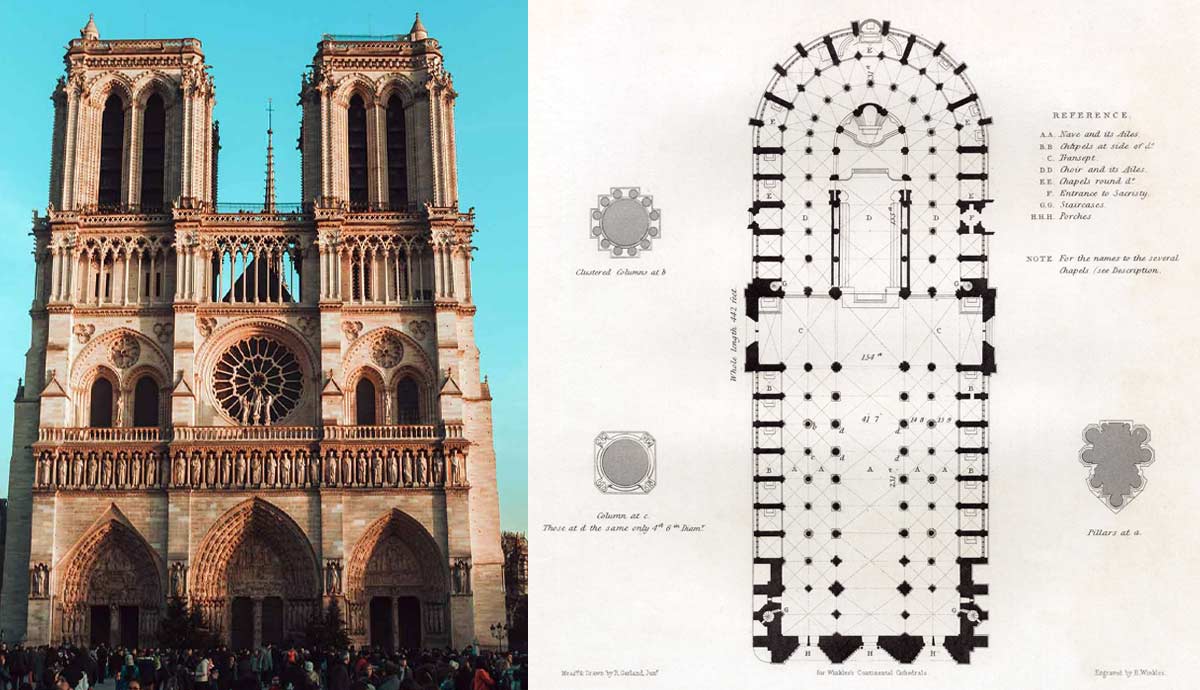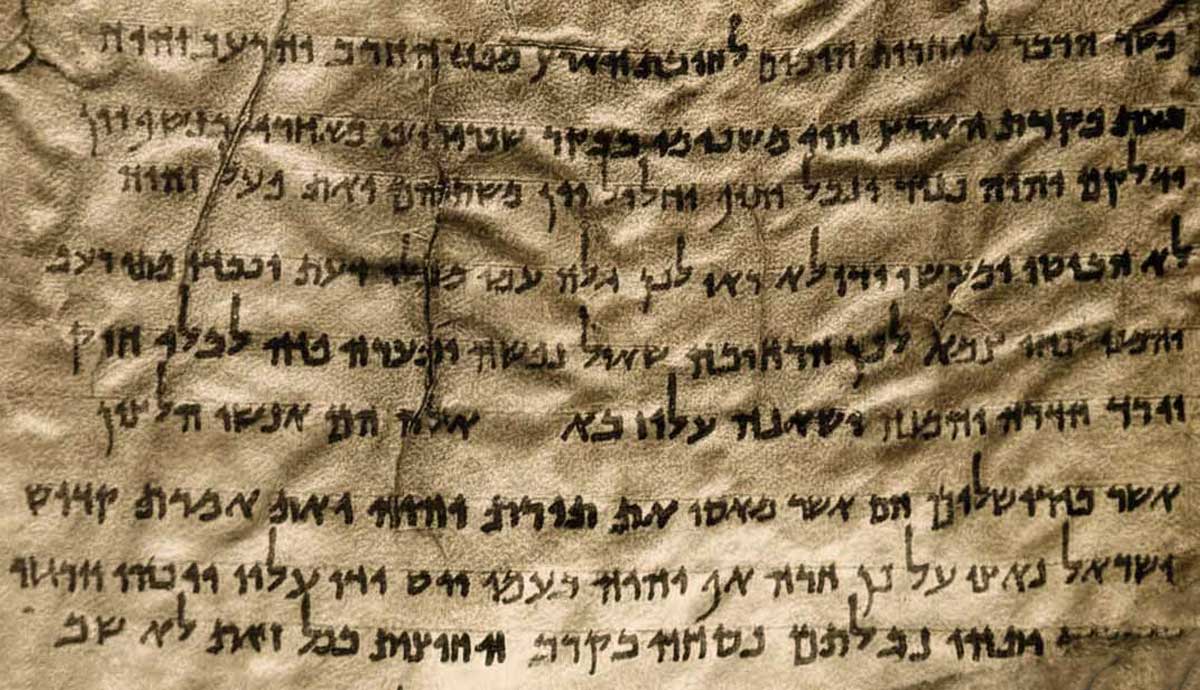
While the Old and New Testaments of the Bible have been studies by theologians for thousands of years, there are still a number of unsolved mysteries between their pages, ranging from the curious Ark of the Covenant to the Dead Sea Scrolls.
The Ark of the Covenant

The Ark of the Covenant, containing the original Ten Commandments and various other sacred Hebrew items, was a sign of God Covenant with the Hebrew people in the Old Testament. Often carried into battle, the Ark of the Covenant was housed in the First Temple in Jerusalem. The last historical mention of the ark is following The Babylonian invasion of Jerusalem in 587 BC, where it disappears from history. Various theories have arisen over the years regarding its fate, and various groups have claimed to either have possession of the ark or to have been the group to have hidden it, but no solid evidence has arisen as to its whereabouts.
Noah’s Ark
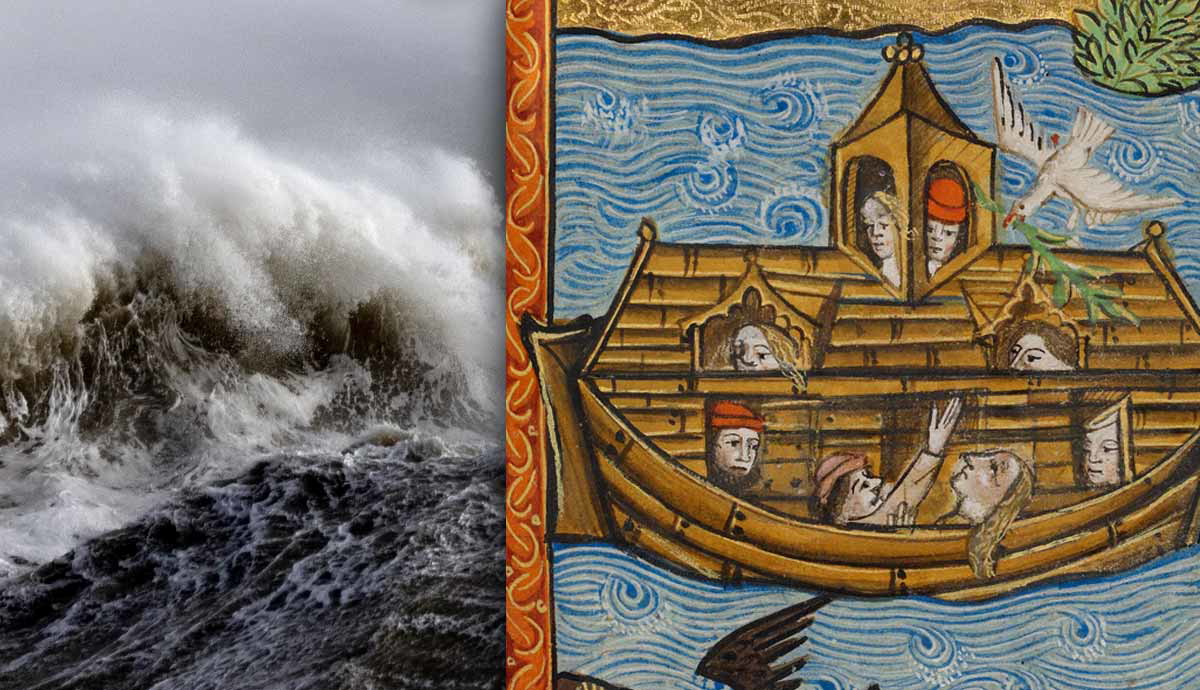
The story of Noah’s ark goes back even further in history. A giant floating structure built to survive a worldwide flood of judgment, Noah’s Ark is recorded as having settled on Mount Ararat, supposedly in modern-day Turkey (the Mount Ararat location in the Bible is unknown – the current Mount Ararat was given its name in the Middle Ages). While various geological structures resembling boat shapes have been studied over the years, none have been confirmed to have been man-made, and the actual location of Noah’s Ark, if it still exists, is unknown.
The Book of Hebrews
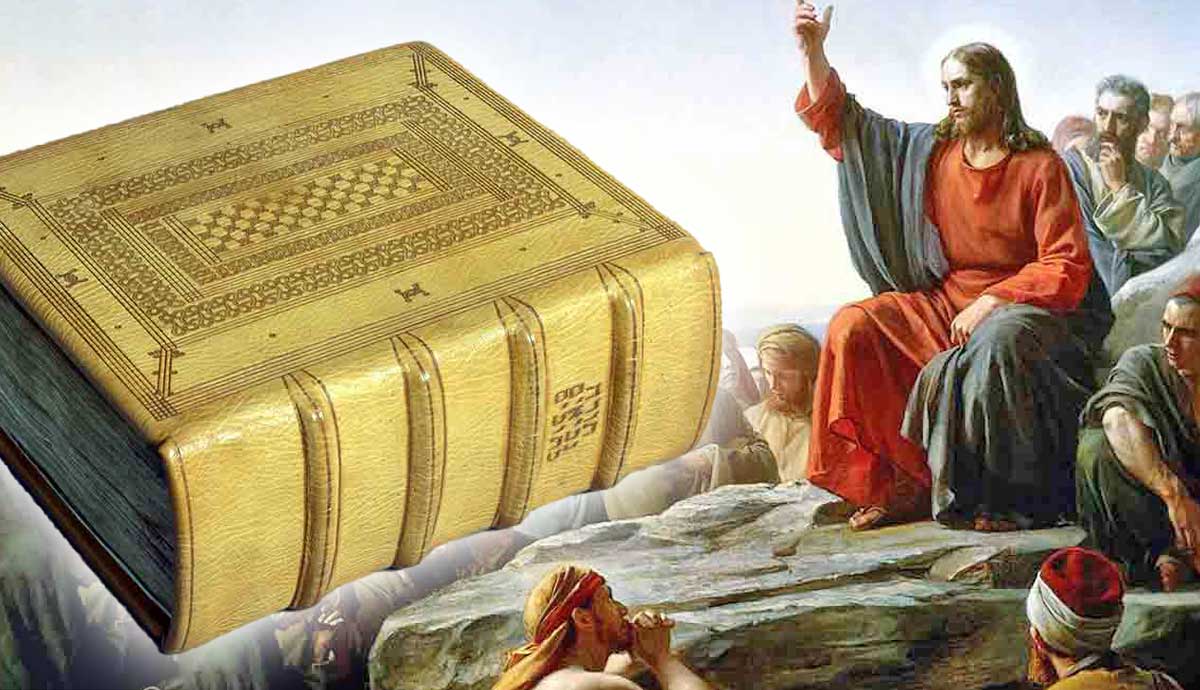
Though commonly assumed to be written the Apostle Paul, the authorship of the New Testament book to the Hebrews is unknown. While Paul himself was a highly educated Jew and was able to communicate the intent of Jewish scriptures as they relate to the Messiah, scholars generally agree that the language used in the letter was not Paul’s. However, Paul may have dictated the letter and it was transcribed by someone else, but it is also possible that a different author altogether penned the book. Many early church leaders held that Paul was the author, but the position was not universal. Tertullian, for instance, held that it was Barnabas; others state that it may have been Apollos or Clement, but so far no direct evidence has ever been found.
The Dead Sea Scrolls

One of the greatest archaeological finds of the twentieth century, and possibly ever, was the discovery of the Dead Sea Scrolls in Qumran Caves. The oldest known manuscripts of the Old Testament, the Dead Sea Scrolls are dated from about the 200s BC until almost the time of Jesus Christ, and showed that the Old Testament remained relatively unchanged throughout the centuries. Many scholars believe that a Jewish sect called the Essenes copied and hid the scrolls, but no conclusive evidence has ever been discovered. Other groups which may have written the scrolls are the Sadducees – the same sect antagonistic to Jesus and Christians in the New Testament, or some other Jewish group which desired to preserve their scriptures.
The Ten Lost Tribes of Israel
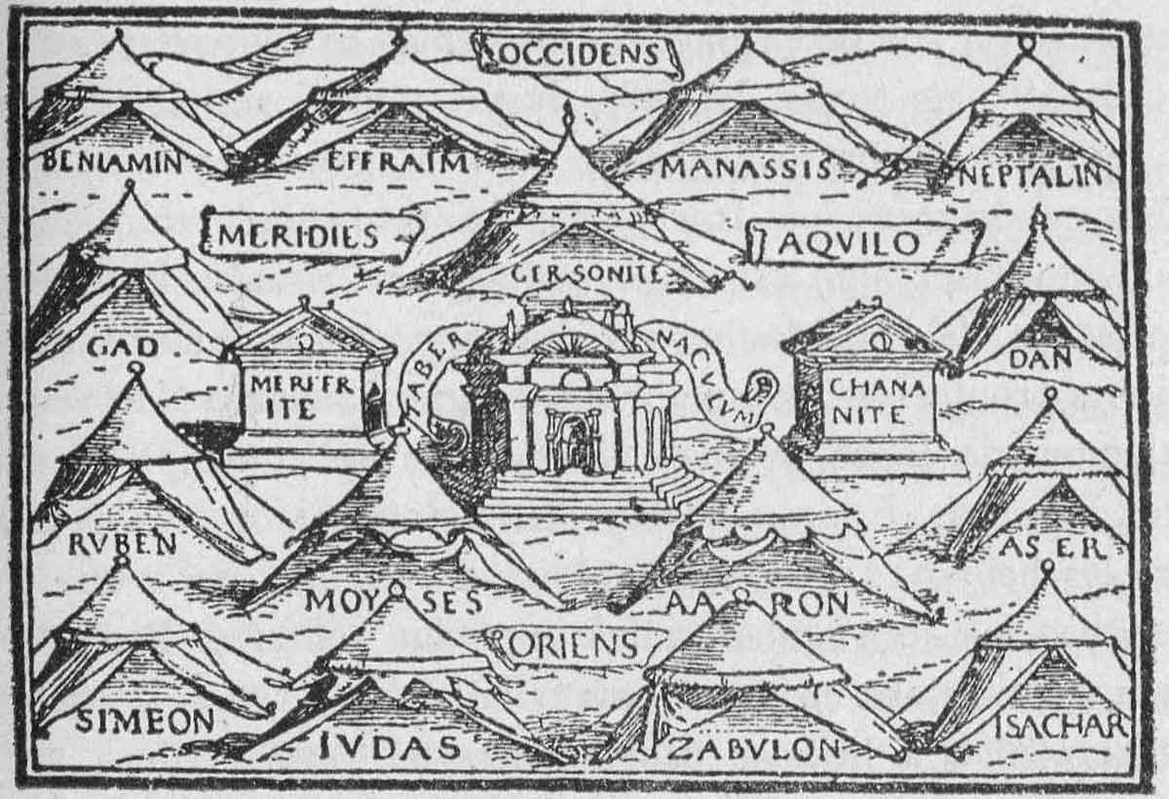
In 720 BC, the Neo-Assyrian Empire conquered the Kingdom of Israel and exiled ten of the twelve tribes of Israel – Simeon, Reuben, Gad, Naphtali, Ashar, Zebulun, Issachar, Ephraim, and Manasseh. Two other tribes – Judah and Benjamin – inhabited the Kingdom of Judah to the south, and the tribe of Levi technically owned no land. The ten tribes were deported from Israel and scattered throughout the Neo-Assyrian empire, and little, if any, evidence exists as to their eventual fate. Various groups over the years have claimed descendancy from some of the ten tribes, but no real evidence exists regarding their Jewish ancestry.
